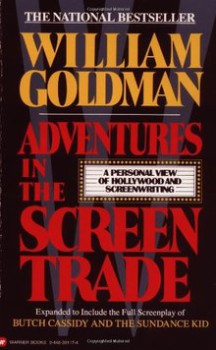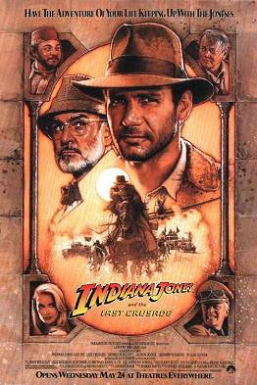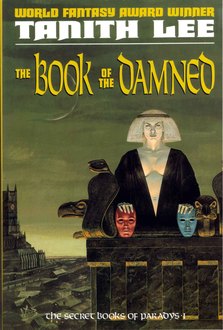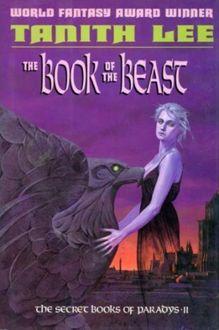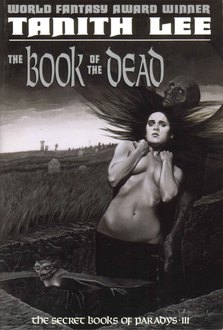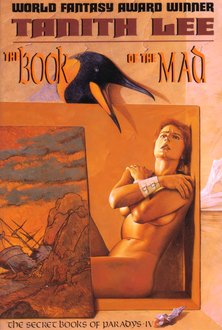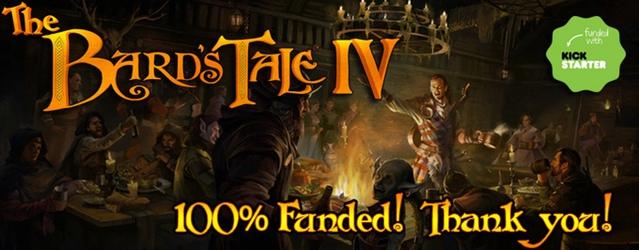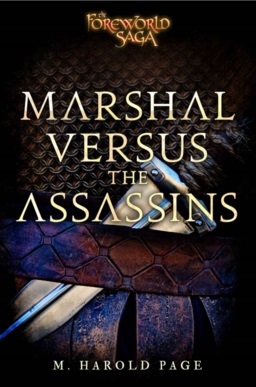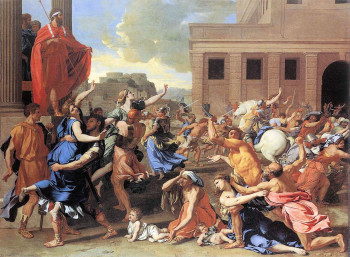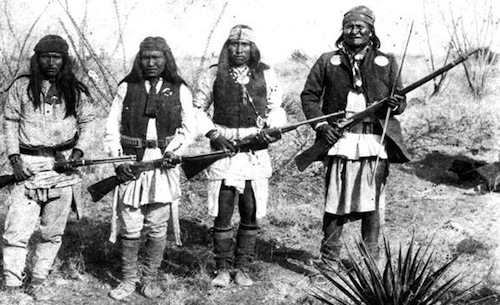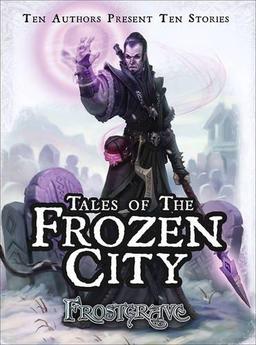Lightspeed 61: Queers Destroy Science Fiction! Special Issue
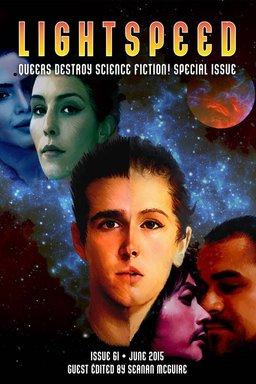 John Joseph Adams shook this town to its roots with his groundbreaking Women Destroy Science Fiction! issue of Lightspeed, released last June. Funded by an enormously successful Kickstarter campaign, WDSF! spawned a two successful sequels, Women Destroy Fantasy! and Women Destroy Horror!
John Joseph Adams shook this town to its roots with his groundbreaking Women Destroy Science Fiction! issue of Lightspeed, released last June. Funded by an enormously successful Kickstarter campaign, WDSF! spawned a two successful sequels, Women Destroy Fantasy! and Women Destroy Horror!
In January of this year, John invited his readers to take a sledgehammer to the tight strictures of the genre once again, by funding a special Queers Destroy Science Fiction! of Lightspeed. The Kickstarter campaign closed on February 16; with an initial goal of $5,000, the campaign successfully raised $54,523 from 2,250 backers, surpassing even the lofty success of WDSF!
John and his team delivered the issue right on time this month. Lightspeed 61: Queers Destroy Science Fiction! is guest-edited by Seanan McGuire, and the magazine contains the following stories:
“Emergency Repair” by Kate M. Galey
“勢孤取和 (Influence Isolated, Make Peace)” by John Chu
“Bucket List Found in the Locker of Maddie Price, Age 14, Written Two Weeks Before the Great Uplifting of All Mankind” by Erica L. Satifka
“Melioration” by E. Saxey
“Rubbing is Racing” by Charles Payseur
“Helping Hand” by Claudine Griggs
“The Lamb Chops” by Stephen Cox
